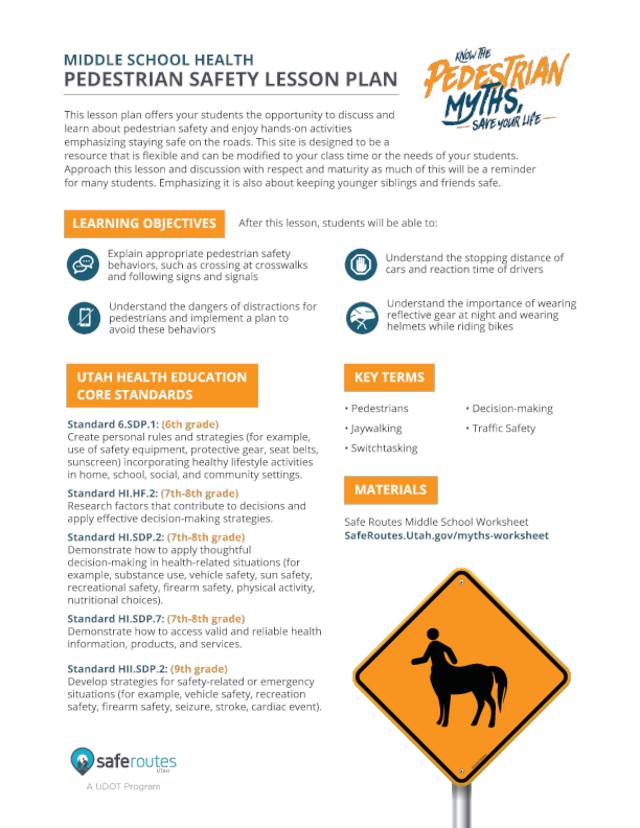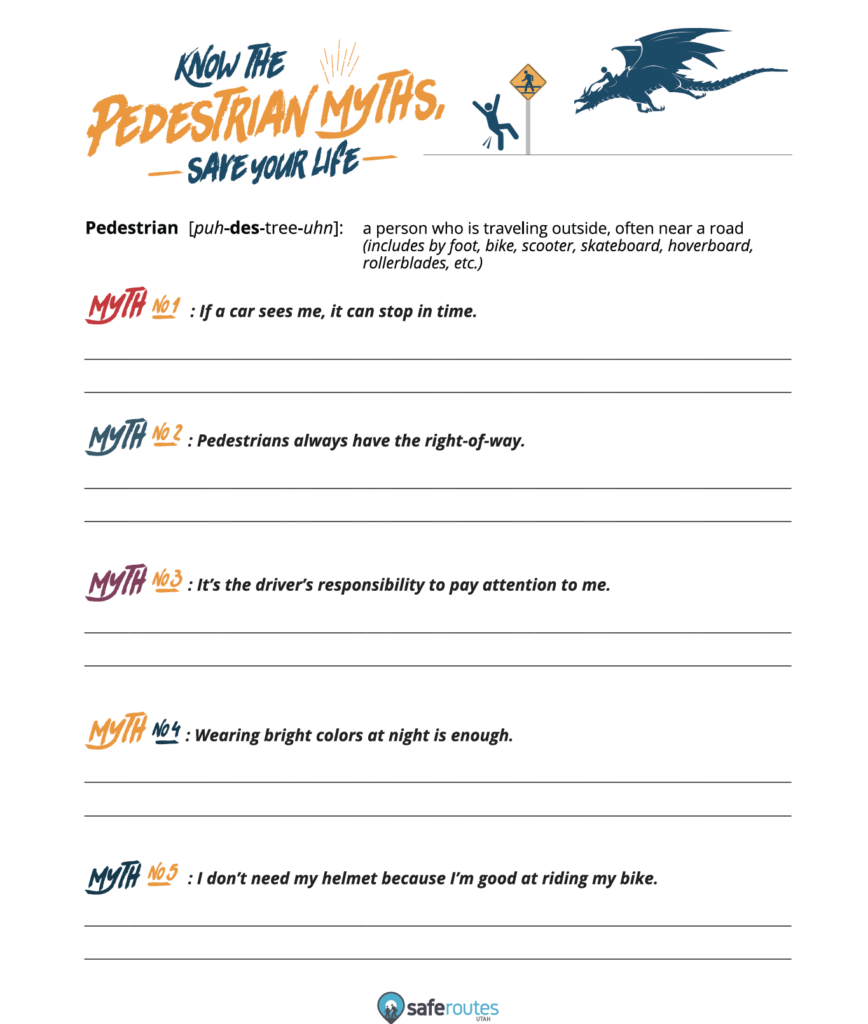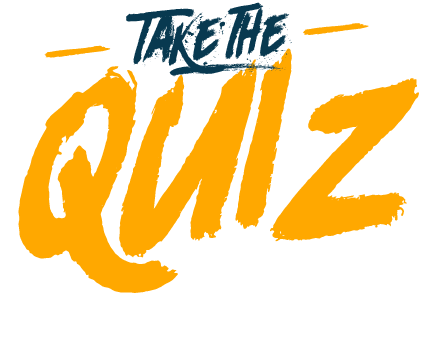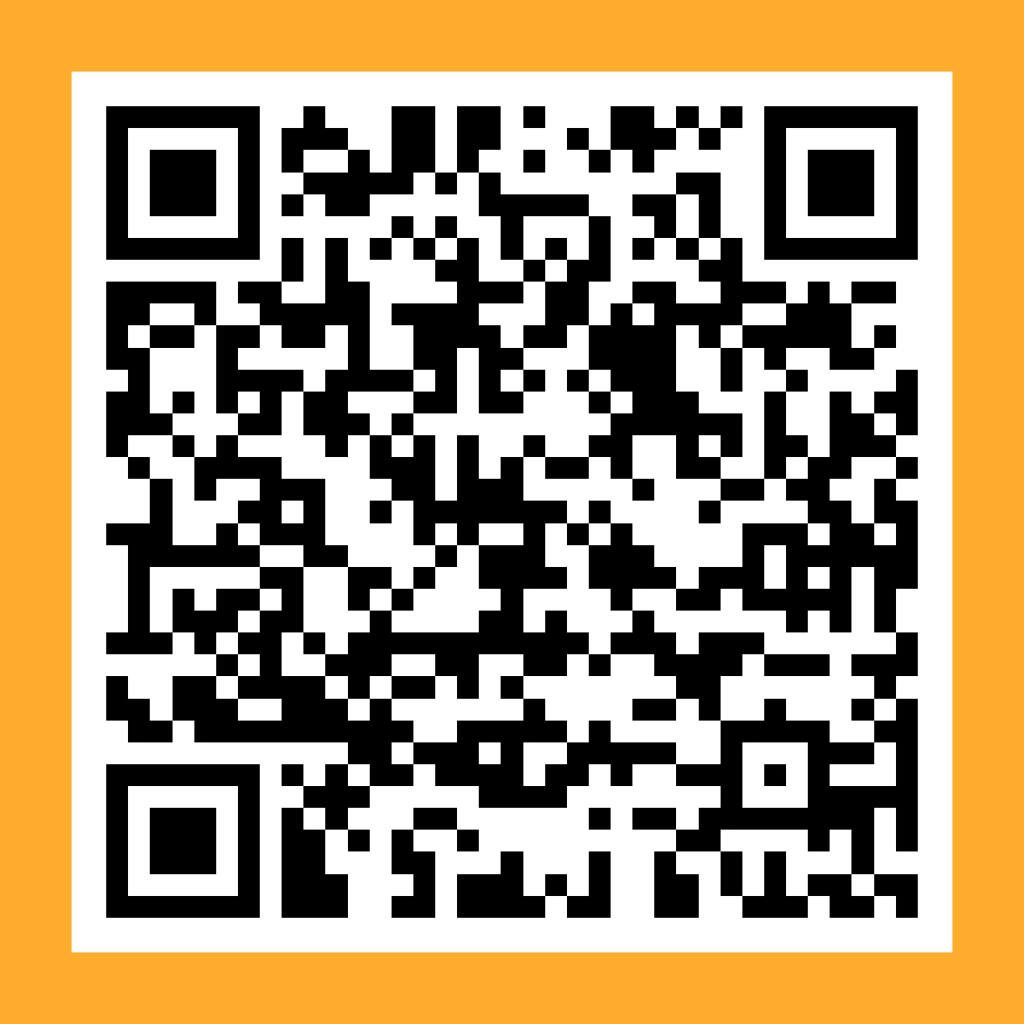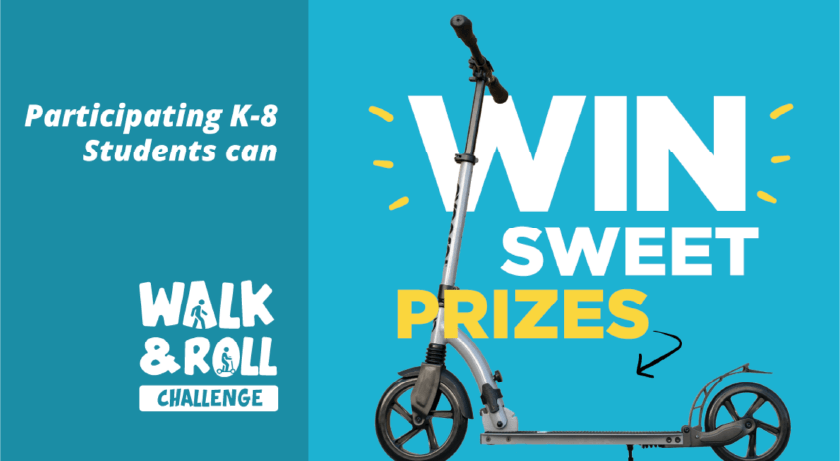Middle School Pedestrian Safety
This lesson plan offers your students the opportunity to discuss and learn about pedestrian safety and enjoy hands-on activities emphasizing staying safe on the roads. This site is designed to be a resource that is flexible and can be modified to your class time or the needs of your students. Approach this lesson and discussion with respect and maturity as much of this will be a reminder for many students. Emphasizing it is also about keeping younger siblings and friends safe.
Want free swag for your students?
LEARNING OBJECTIVES
After this lesson, students will be able to:
- Explain appropriate pedestrian safety behaviors, such as crossing at crosswalks and following signs and signals
- Understand the dangers of distractions for pedestrians and implement a plan to avoid these behaviors
- Understand the stopping distance of cars and reaction time of drivers
- Understand the importance of wearing reflective gear at night and wearing helmets while riding bikes
CURRICULUM STANDARDS
- Standard 6.SDP.1: (6th grade)
Create personal rules and strategies (for example, use of safety equipment, protective gear, seat belts, sunscreen) incorporating healthy lifestyle activities in home, school, social, and community settings. - Standard HI.HF.2: (7th-8th grade)
Research factors that contribute to decisions and apply effective decision-making strategies. - Standard HI.SDP.2: (7th-8th grade)
Demonstrate how to apply thoughtful decision-making in health-related situations (for example, substance use, vehicle safety, sun safety, recreational safety, firearm safety, physical activity, nutritional choices). - Standard HI.SDP.7: (7th-8th grade)
Demonstrate how to access valid and reliable health information, products, and services. - Standard HII.SDP.2: (9th grade)
Develop strategies for safety-related or emergency situations (for example, vehicle safety, recreation safety, firearm safety, seizure, stroke, cardiac event).


: If a car sees me, it can stop in time.


Hands-on Example – Stopping Distance
Instructions: Ask for a volunteer (especially someone who thinks that they are super athletic). Give them a starting point and tell them to try and run as fast as they can to the other side of the room (you can also go out into the hall for more space). Tell them as soon as you say stop, they have to stop. Their feet must be put down exactly where you said stop, have them try to do it a few times. After seeing that they cannot stop exactly where you tell them to, show them the stopping graphic. If they cannot stop right on a dime, can cars? Talk about how much distance cars need to stop.

: Pedestrians always have the right-of-way.
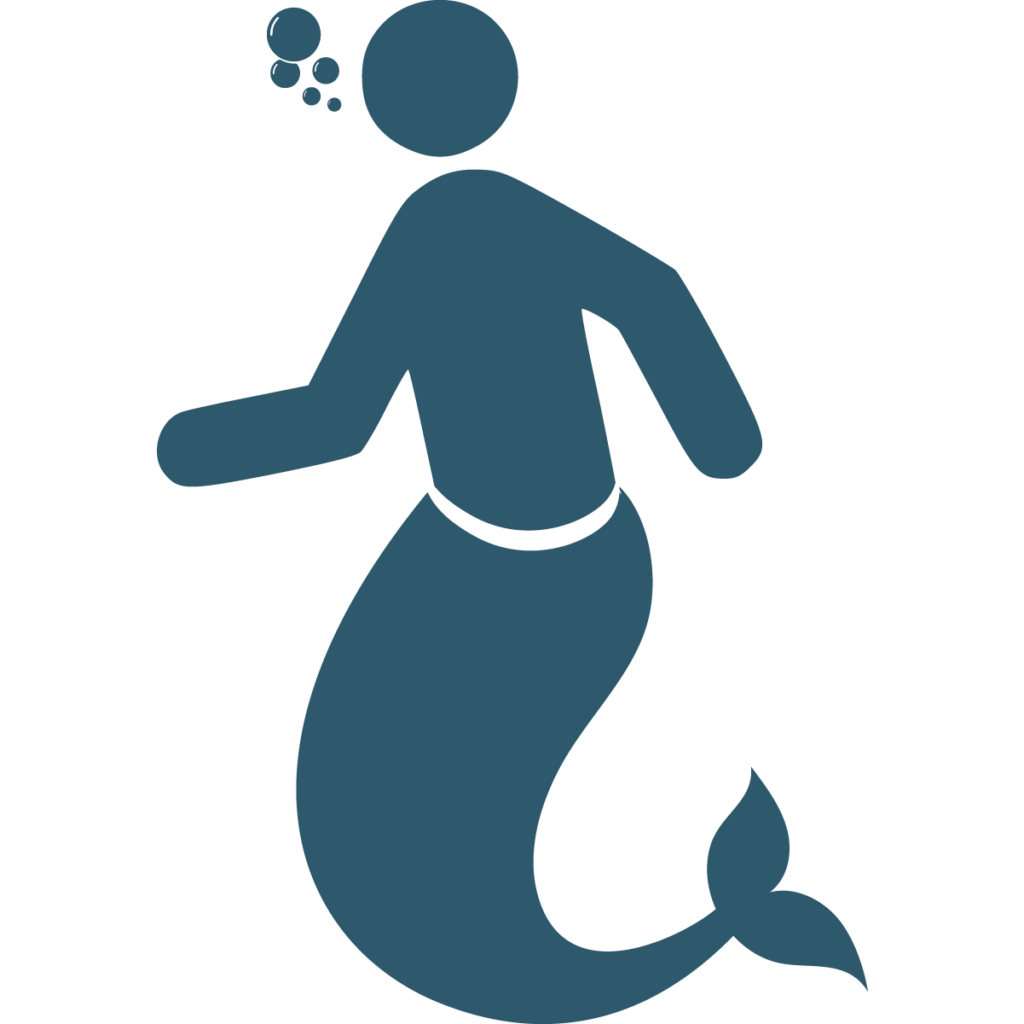
Discussion Question: Is it alright to cross at a crosswalk when the light is red, but no cars are coming?
After watching the video, discuss waiting for the correct pedestrian signals.
Classroom Activity – Teen Memoriam Pedestrian Stories
Instructions: Either as a class or in small groups, read and discuss fatal teen pedestrian stories in Utah. Go to the Zero Fatalities Teen Memoriam website (stories can also be printed off beforehand if there is no student access to technology or pulled up on the board).
Give 5-7 minutes for students to read the story and respond to the following prompt:
- What caused this crash?
- After reading this story, how are you going to approach walking or driving now?
- What specific behaviors are you going to make sure you do as a pedestrian? (Ex. putting your phone down when you are crossing the street)
Bring the class back together and have one or two groups share their story and their discussion responses. Emphasize that as pedestrians, teens should put distractions (cell phones, music, friends) away and focus on watching and listening for cars.


: It’s the driver’s responsibility to pay attention to me.

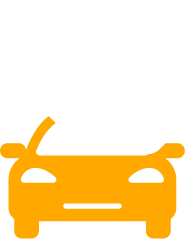
Discussion Question:
What are distractions that you deal with while walking to and from places?
(friends, texting, music)
- Pedestrians are often so distracted on their devices, they do not even realize they are walking from the sidewalk into the street when cars are coming.
- Drivers are also extremely distracted, so we cannot rely on them to see us as pedestrians and we need to pay even more attention.
- Pedestrians and drivers share responsibility – both need to put distractions away.

: Wearing bright colors at night is enough.



Discussion:
Discuss what they notice and the importance of wearing reflective gear while outside, especially at nighttime or in inclement weather.


: I don’t need my helmet because I’m good at riding my bike.

Discussion:
- Ask how many students wear their helmets. Then ask those who do not wear their helmet what their reasons are for not wearing it. Have a discussion and then show this video.
- Emphasize that they are not invincible and that if they want to keep doing the things they love, then they need to protect their brain and wear a helmet.
Request Swag
The Walk & Roll Challenge runs from September to May and rewards students K-8 monthly with sweet prizes for walking and biking to school. Students track the days that they walked or biked to school (walking or biking to the bus counts) and then submit them online by the end of each month. The more frequently a student walks or bikes to school, the greater their chance of winning sweet prizes like scooters and bikes.
Go here to enter and for more info:

